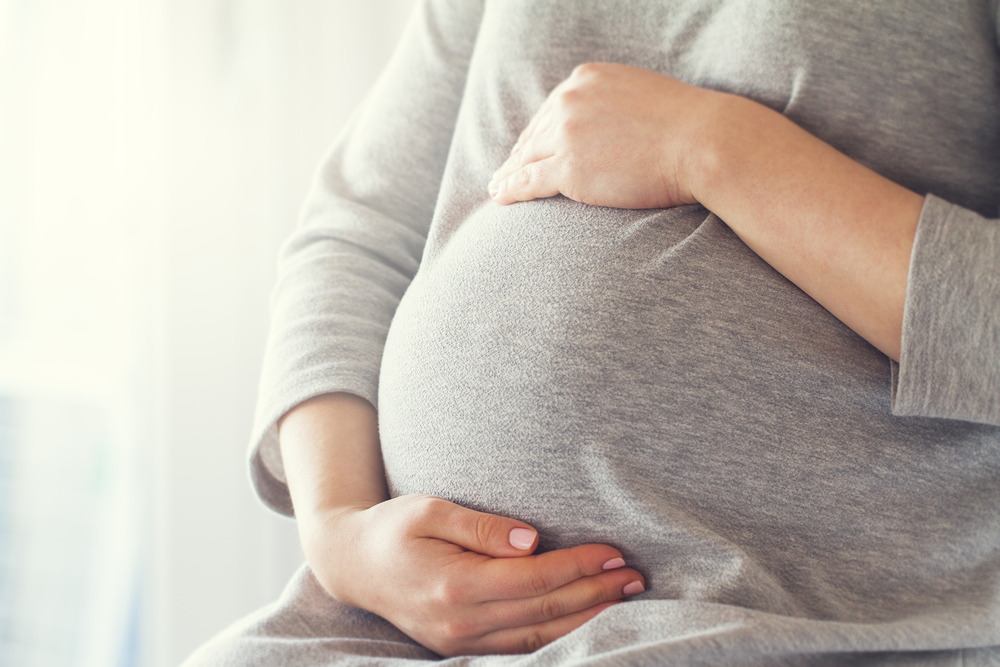More Research Needed on Pregnancy-related HAE Attacks, Case Report Shows

More insight and study is needed into the symptoms, proper management, and potential complications of pregnancy-related hereditary angioedema (HAE) attacks, according to a case report of a woman who is now in her third pregnancy.
In this case, abdominal pain appeared as the woman’s main symptom, and her exacerbations during this current pregnancy are being managed with Firazyr (icatibant injection). Her two previous babies were delivered via Cesarean section without complications.
These findings may help raise awareness of HAE and pregnancy-induced attacks, which may contribute to more rapid detection and treatment, the researchers noted.
The case study, “Pregnancy-Induced Exacerbation of Hereditary Angioedema in a Multiparous Caucasian Female,” was published in the journal Cureus.
HAE is a rare genetic disease characterized by recurrent and potentially life-threatening episodes of severe swelling and pain. The most commonly affected areas are the face, limbs, gastrointestinal tract, and airways.
While most HAE attacks are spontaneous, they may be triggered by certain factors, including allergens, hormonal fluctuations, stress, trauma, and medication. During pregnancy, women with HAE are more susceptible to disease exacerbations, which are likely associated with increased levels of estrogen, the main female sex hormone.
“However, there is limited information regarding the diagnosis and management of HAE in pregnant women,” the researchers wrote.
Here, researchers reported the case of a 35-year-old Caucasian woman who experienced significant HAE exacerbations during her pregnancies. She was referred to the Kansas University Medical Center’s allergy clinic during her third pregnancy.
The woman was diagnosed with HAE at 17, when she experienced excessive swelling following an injury to her foot. She had a history of HAE in the family; both her mother and sister also have the disease.
Since diagnosis, she has had HAE exacerbations that involved her face and limb extremities, including her hands and feet, but not her respiratory tract.
When she became pregnant at 23 years old, her symptoms reappeared, with her main complaint being abdominal pain. No medications were given during the pregnancy, and there were no complications during her C-section.
Five months into her second pregnancy, she had abdominal pain every two weeks for two months, for which she was hospitalized and given Kalbitor (ecallantide) to manage her HAE attacks. The medication relieved her abdominal pain, and she again delivered the baby without complications.
A couple years later, she became pregnant again, and experienced abdominal pain with vomiting and bowel evacuation, which were resolved without medical intervention.
This prompted her referral to the allergy clinic, where a physical examination and blood work showed no major abnormalities besides abnormally low levels of the C1-inhibitor protein, characteristic of type 1 HAE.
Stress, trauma, oral contraceptives, and estrogen were considered triggers of HAE attacks in this patient.
The woman was prescribed Cinryze (1,000 units injected directly into the bloodstream every four days), but this resulted in side effects, including swelling in the abdomen.
Her treatment regimen was then changed to Firazyr as needed for HAE attacks, which, up to the study’s publication, had appropriately managed her disease.
“Preconception counseling, explanation of the disease, consultation to the specialized hospital, and close follow-up during pregnancy are very important to avoid severe complications in patients with HAE wishing for pregnancy,” the researchers wrote.
The team emphasized that further research is needed to better understand the underlying mechanisms and effective treatments of HAE attacks during pregnancy.






